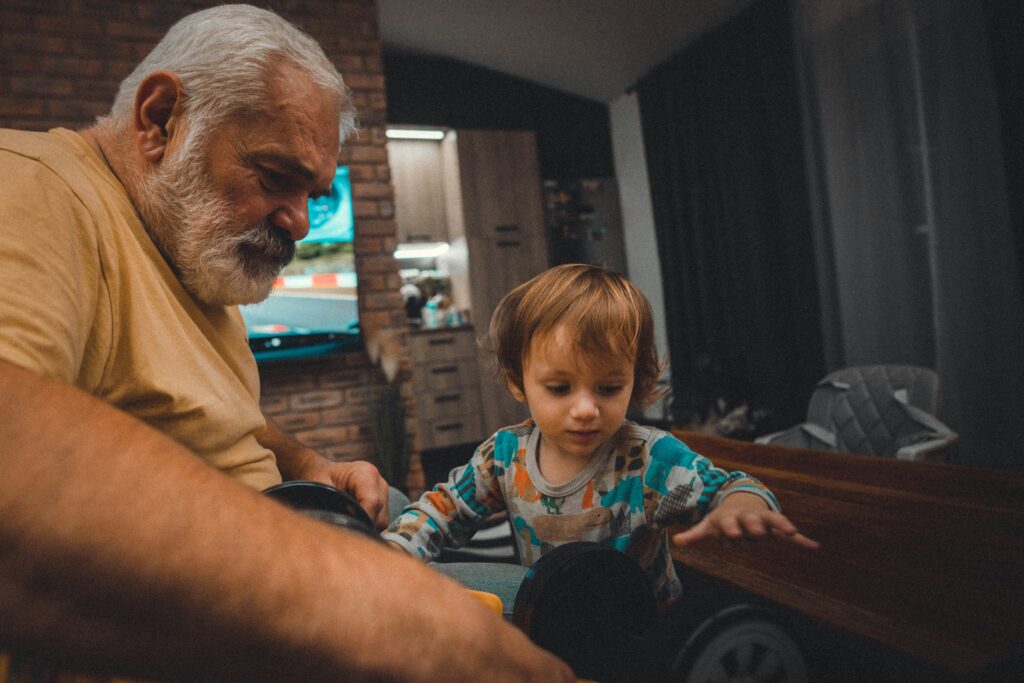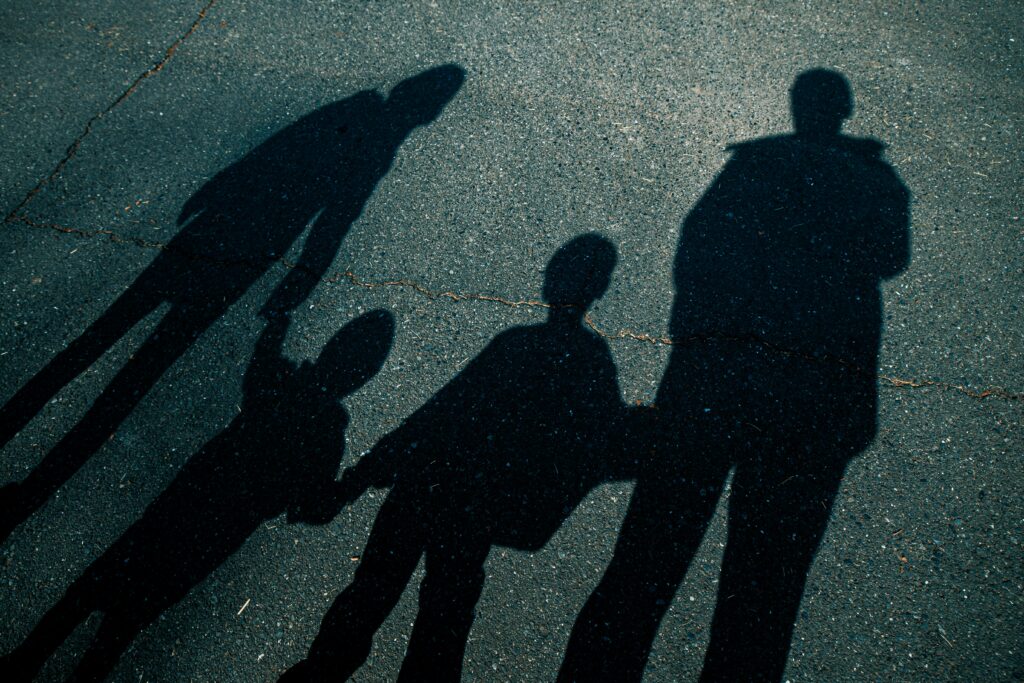Physical Address
304 North Cardinal St.
Dorchester Center, MA 02124
Physical Address
304 North Cardinal St.
Dorchester Center, MA 02124
None of us are born thinking that we are a mistake. But somehow, along the way, many of us begin to believe there is something fundamentally wrong with us. Without even realizing it, we have internalized shame about ourselves, and now that shame is wreaking havoc on our lives. Toxic shame can develop in a person due to a number of reasons: abuse, neglect, racism, war, etc. Some people have no trouble pointing to their traumatic experiences as the origin of their toxic shame. Others find it more difficult to pinpoint how exactly they developed shame. The difficulty here is that shame can develop overnight after a traumatic incident, but it can also develop over years of subtle emotional neglect. Shame is sometimes internalized not only through unspeakable abuse, but through the accumulation of moments in which you did not feel seen or heard when you were growing up. The field of attachment theory in psychology calls this misattunement. The experience of not being attuned to your caregiver can be traumatic, and can result in the development of toxic shame.
A child’s sense of self-worth is developed at a very young age within their relationship with their caregiver. One of the most important jobs for parents is to affirm and mirror their child’s emotions. A child can only come to know who they are through the mirroring eyes of their parents during this early stage of development. As John Bradshaw writes, “We are ‘we’ before we are ‘I’”. When we are young, we don’t understand our internal experiences because we lack the vocabulary to describe our emotions. One of the roles of our parents is to help us name our emotions, affirm them, and teach us how to deal with them. We come to trust our caregiver when they recognize our cues and respond appropriately to our emotions. When parents are shame-based—meaning they struggle with unresolved toxic shame themselves—they cannot mirror their child’s emotions, and as a result the child is psychologically abandoned. When a caregiver fails to emotionally bond with their child, the child develops toxic shame. Shame is often transferred generationally, because parents with toxic shame cannot attune to the emotional needs of their child and instead shame their child. The child thus carries the parents’ shame, and the generational chain of shame continues until someone purposefully breaks it.

Let me give you an example of how all this can play out. If you felt angry as a child, and your caregiver mislabeled your emotional experience as “selfishness”, then you’re likely to judge yourself as a selfish person whenever you feel angry. Now, instead of feeling angry, you feel ashamed whenever you get angry. This is what Bradshaw calls a shame-bind, which is when you immediately feel shame for experiencing a certain emotion or need. This can potentially cause much bigger problems in the future. Maybe you’re in an abusive relationship down the line, and instead of using your anger as motivation to stand up for yourself or leave the relationship, you feel ashamed instead of angry, and judge yourself as selfish for thinking about leaving. You stay in the toxic relationship, and you become more and more unhappy. Maybe as a child, whenever you felt curious about something and asked your parent about it, your parent lashed out in annoyance and anger. Curiosity and enthusiasm then become bound up in shame for you. You keep your head down and you don’t ask questions as an adult. Maybe as a toddler you started to exert your autonomy and test your parents’ boundaries. Instead of expressing their anger in a non-shaming way, your parents disciplined you by spanking you and saying abusive things to you. What happens then is that your drive for autonomy becomes wrapped up in shame. Emotions are very important because they provide us with critical information about ourselves and give us the motivation to act accordingly. When our caregivers fail to recognize our emotions for what they are and respond to them with care, we feel shame whenever we experience those emotions again. When we are shamed for feeling our feelings, or expressing normal human needs, we lose access to the raw experience of our emotions and drives, and we become disconnected from who we are. We reject our emotions and needs, and split off from parts of ourselves that carry important information about reality. Toxic shame starts to color everything, distorting our view of ourselves and the world.
Toxic shame can also develop within the family system. Families are social systems with their own rules. The number one rule in the family, according to Bradshaw, is that the whole is greater than the sum of its parts. The family is characterized by the interrelationships and dynamics among all of its members. The second law of the family is homeostasis. Each family member does their part in order to ensure balance and harmony within the family. In functional families, the role each family member adopts is flexible and self-imposed, but in dysfunctional families, the role each family member has to play is fixed and rigid. For example, if one child is out of control and puts a lot of strain on the family, the other children might become as invisible as possible. They might become overly responsible, self-controlled, or helpful. Each person in the family plays a role which covers up their true self. All of the members of the family are enmeshed with one another and compensate for one another’s weaknesses. If Mom and Dad are emotionally unavailable, Child 1 may respond by becoming rebellious and acting out. Child 2 might respond by disengaging emotionally with the family and becoming hyper-independent. Child 3 might respond by becoming an emotional sponge and caregiver for the rest of the family. In dysfunctional families, our role is imposed on us, whether we like it or not. No one may voice their expectations, but we understand that to be accepted we must behave in a certain way, and it is this unspoken rule which is unhealthy and extremely damaging. Toxic family systems that compel us to play a part in order to be accepted can lead to the development of toxic shame. Because we are only accepted when we put up our false selves, we start to develop shame about who we really are.

Emotional mis-attunement with one’s caregivers, enmeshment within the family system, abuse of all kinds, and neglect are the main ways in which toxic shame is transferred from parent to child, and from brother to sister. This is not to say that shame isn’t also absorbed from other environments as well, such as school. But in many cases, shame begins at home in the early years of childhood. Shame-based people often go on to form shame-based systems which ultimately perpetuate and instill shame. We can only begin to unravel shame and its harmful effects when we can name it. Shame is a corrosive force which not only destroys individuals but undermines societies. It is a problem we must address and confront not only for the sake of self-understanding and self-healing but for the sake of the health of our communities. Shame is pervasive and it affects so many people because abuse, neglect, and addiction are so rampant. In order to tackle these problems, we must address the invisible underbelly of shame which sustains all of these issues. Shame breeds in silence. To combat shame, therefore, we must talk incessantly about it.